Lake Thoreau Species Identification
1/39
There's no tags or description
Looks like no tags are added yet.
Name | Mastery | Learn | Test | Matching | Spaced |
|---|
No study sessions yet.
40 Terms
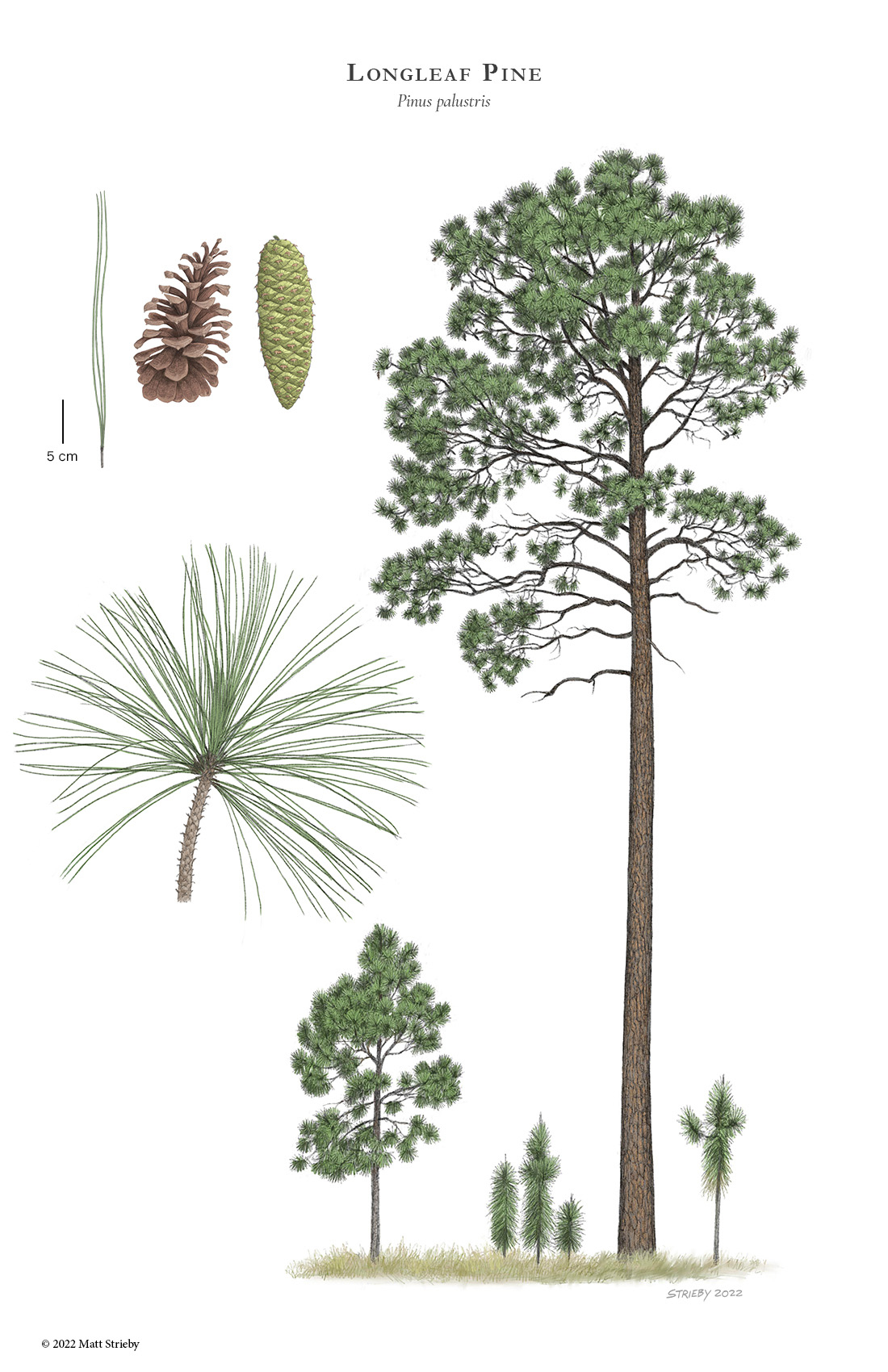
Pinus palustris characteristics
Family: Pinaceae
long needles (8in-18in), typically in bundles of three
form “pom-pom” on the end of the branches
large pinecones, bristles pointing down
fire-adapted species
The saplings of longleaf pine are known as the “grass stage”
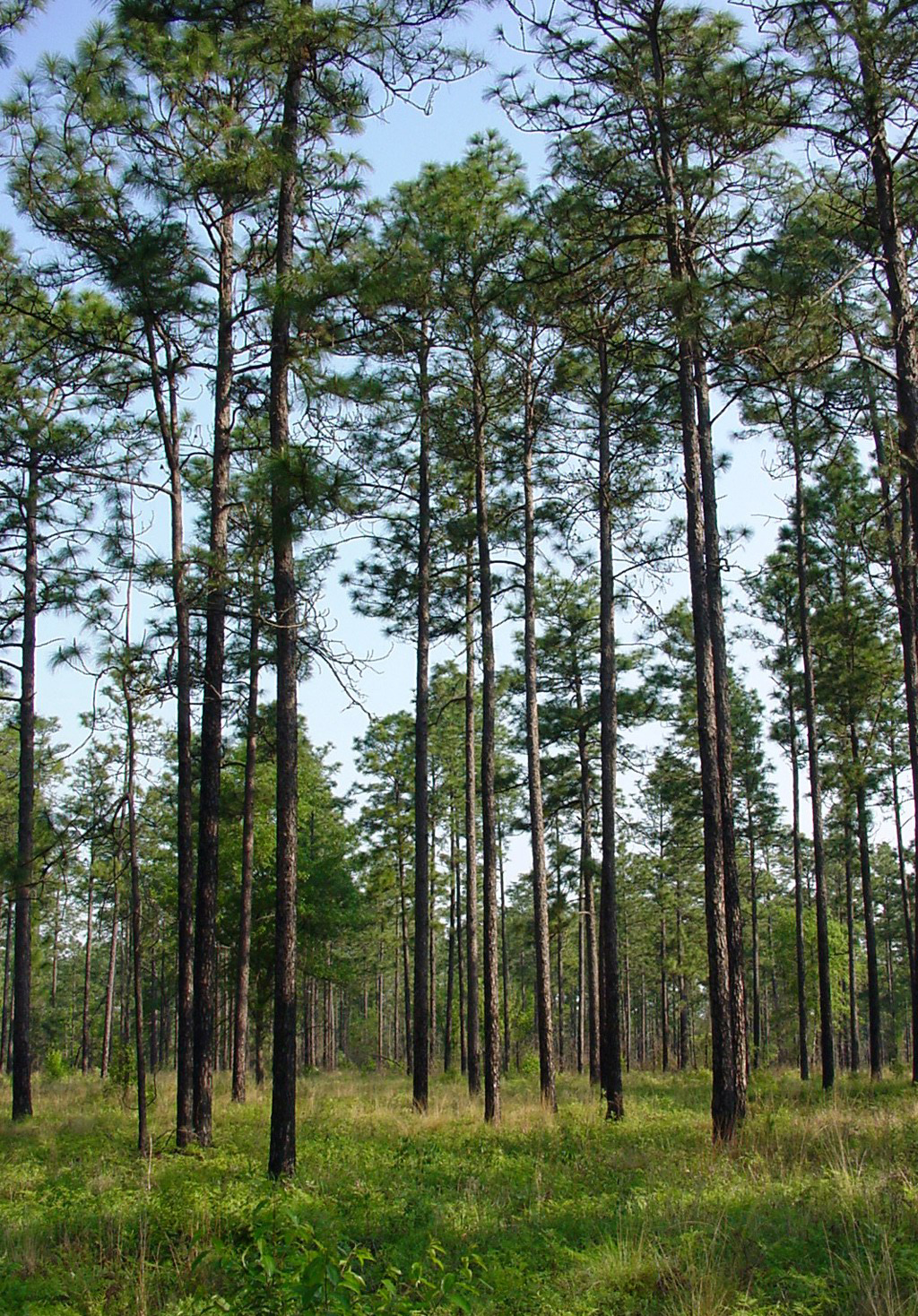
Identify this species
Pinus palustris (Longleaf Pine)
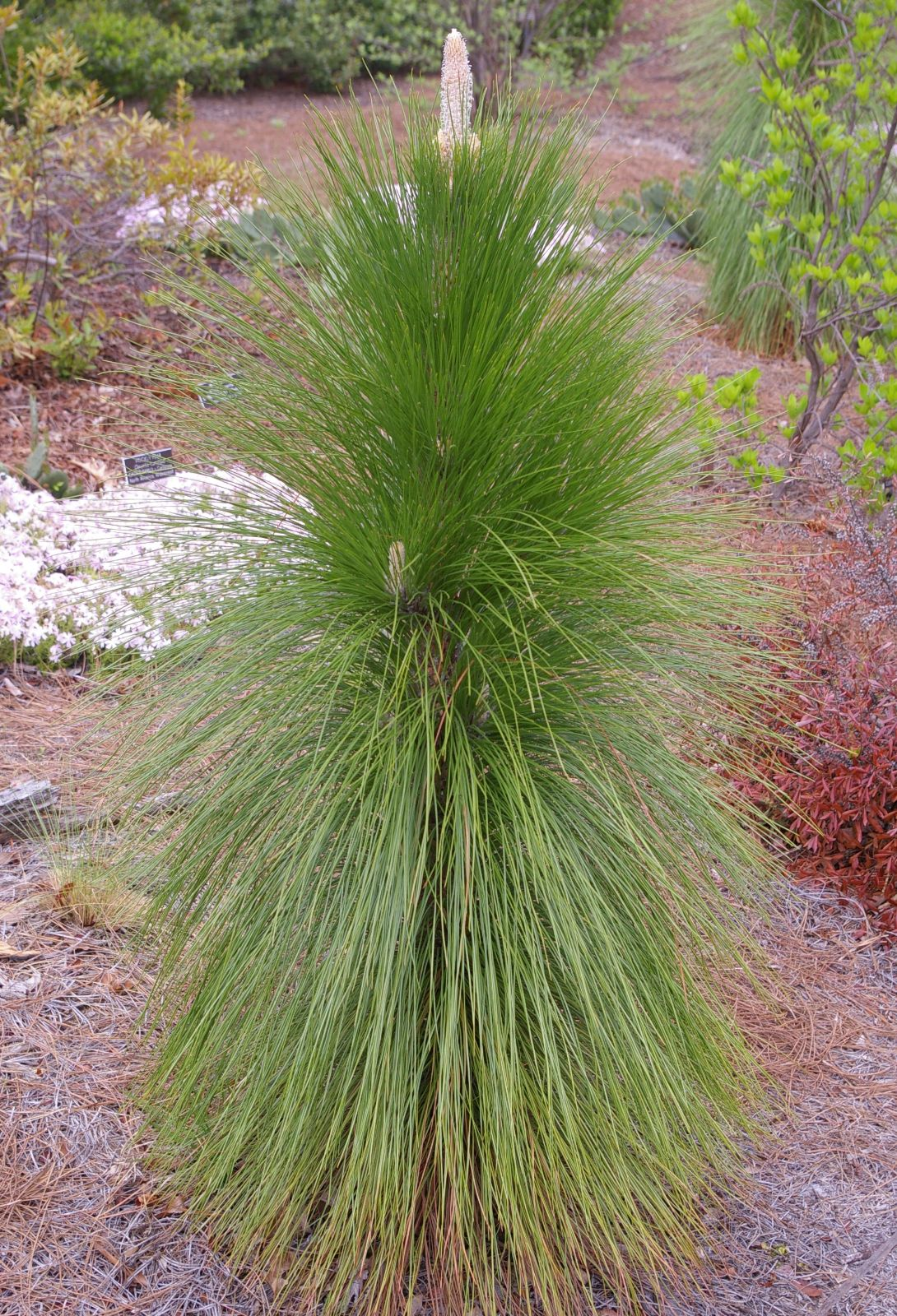
Identify this species
Pinus palustris (Longleaf Pine)
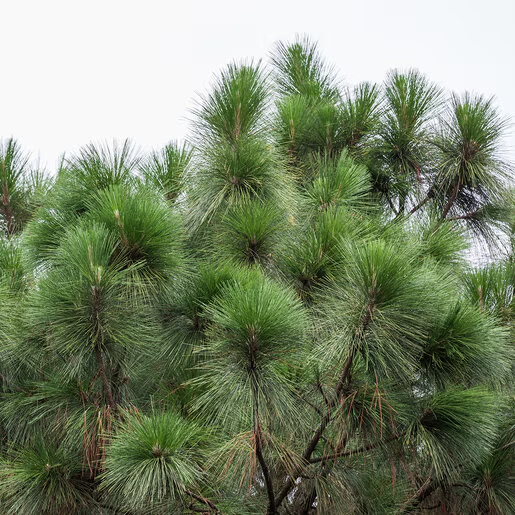
Identify this species
Pinus palustris (Longleaf Pine)
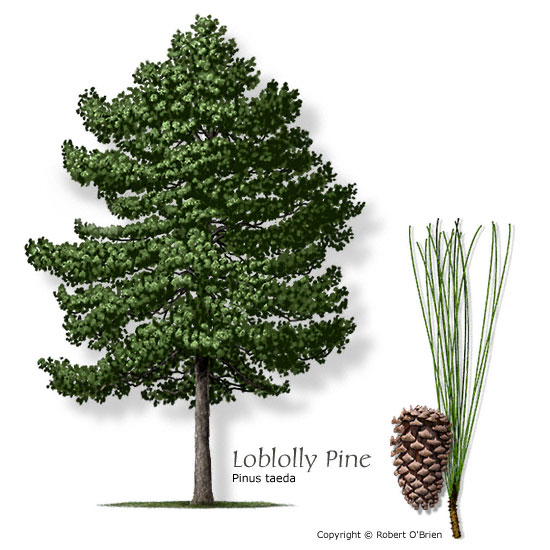
Pinus taeda (Loblolly Pine) Characteristics
Family: Pinaceae
needles 6in-10in long; 2-3 per bundle
pine needles go up sides of branch
pinecones medium-sized, bristles stick straight out on sides
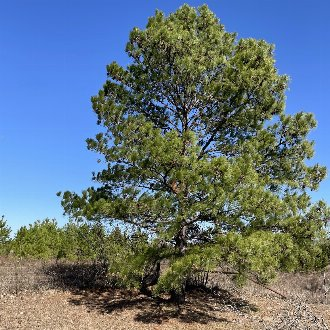
Identify this species
Pinus taeda (Loblolly Pine)
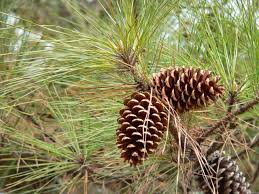
Identify this species
Pinus taeda (Loblolly Pine)
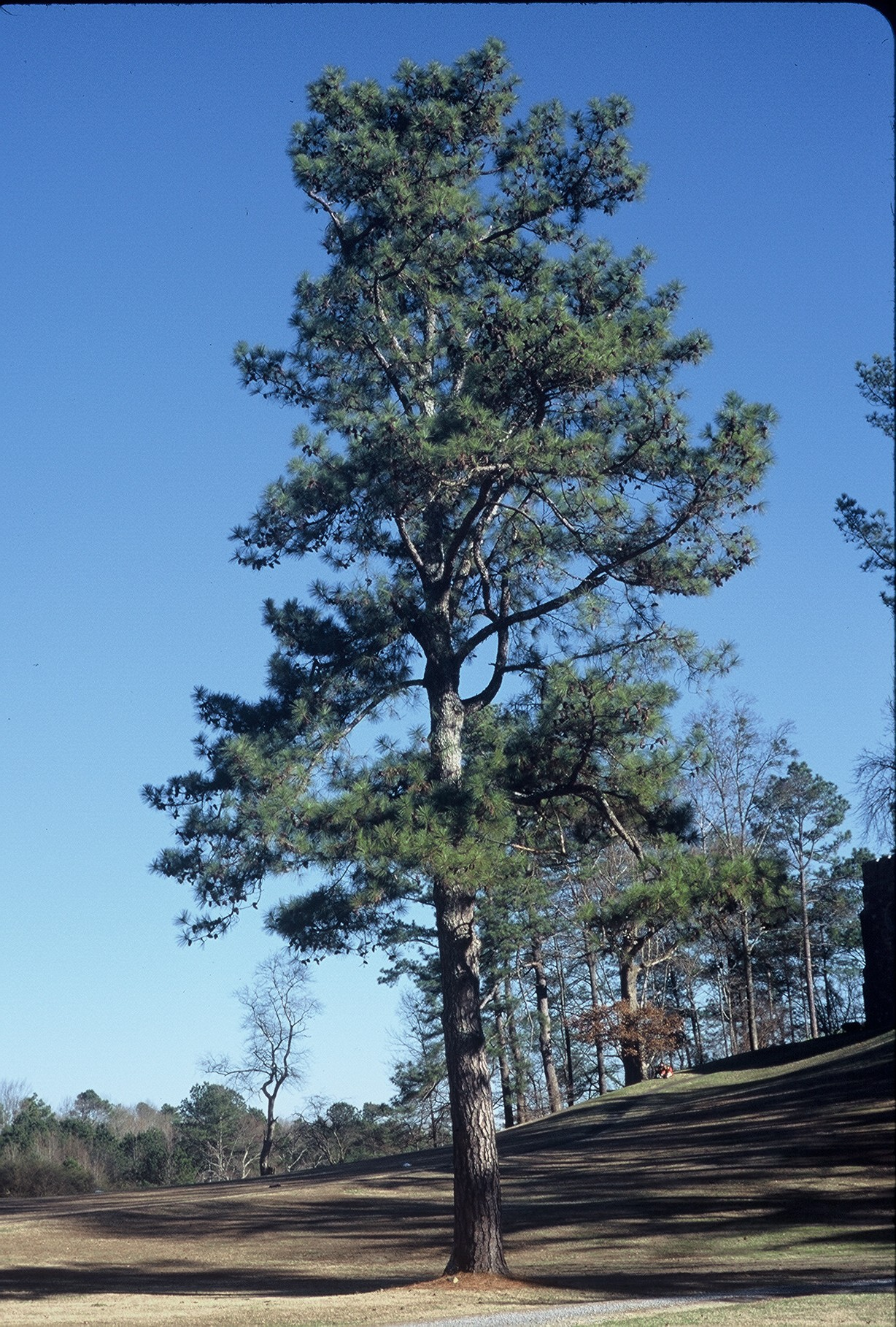
Identify this species
Pinus taeda (Loblolly Pine)

Pinus echinata (Shortleaf Pine)
Family: Pinaceae
short needles (3-5 in long)
needles in bundles of 2 (sometimes 3)
small pinecones; bristles pointing down
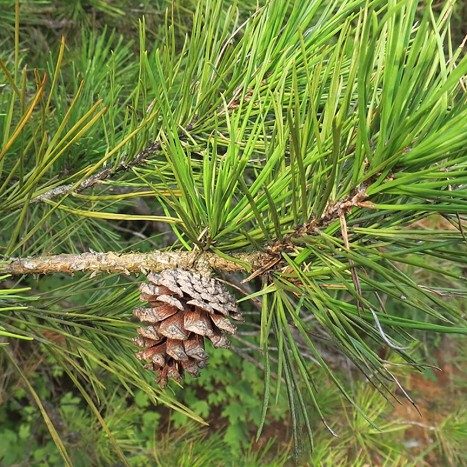
Identify this species
Pinus echinata (Shortleaf Pine)
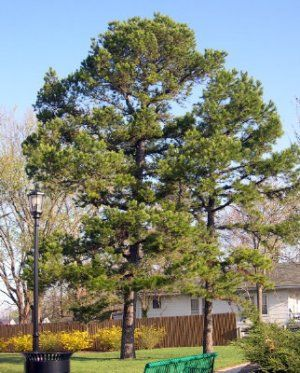
Identify this species
Pinus echinata (Shortleaf Pine)
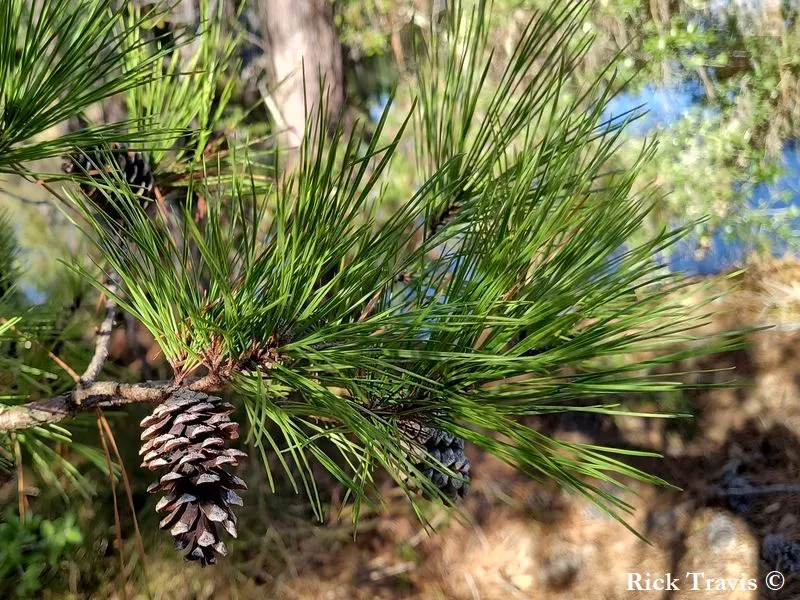
Identify this species
Pinus echinata (Shortleaf Pine)
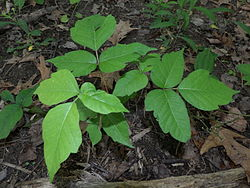
Toxicodendron radicans (Poison Ivy) Characteristics
Family: Anacardiaceae
Urushiol - oil that can cause contact dermatitis
leaves in leaflets of three with occasional lobes
plants can form vines and small shrubs
generalist species - can be found in many different habitats

Identify this species
Toxicodendron radicans (Poison Ivy)
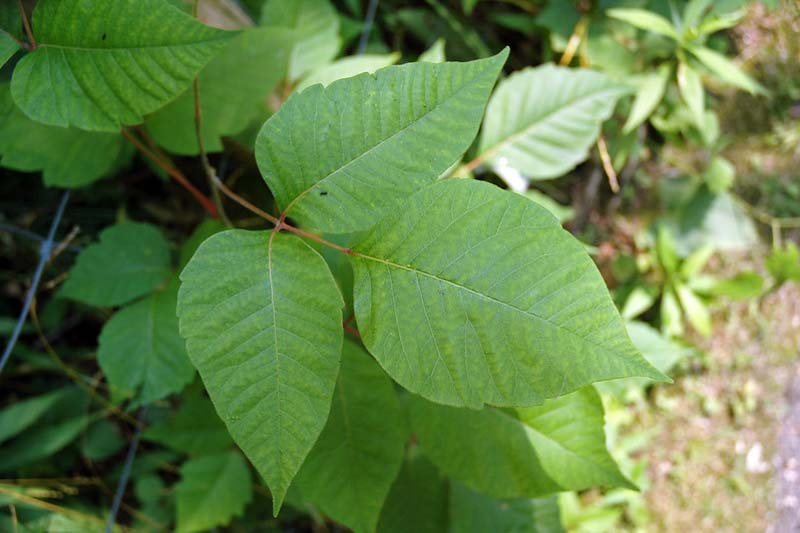
Identify this species
Toxicodendron radicans (Poison Ivy)
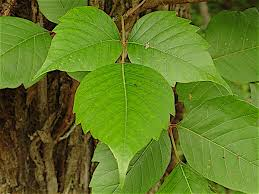
Identify this species
Toxicodendron radicans (Poison Ivy)
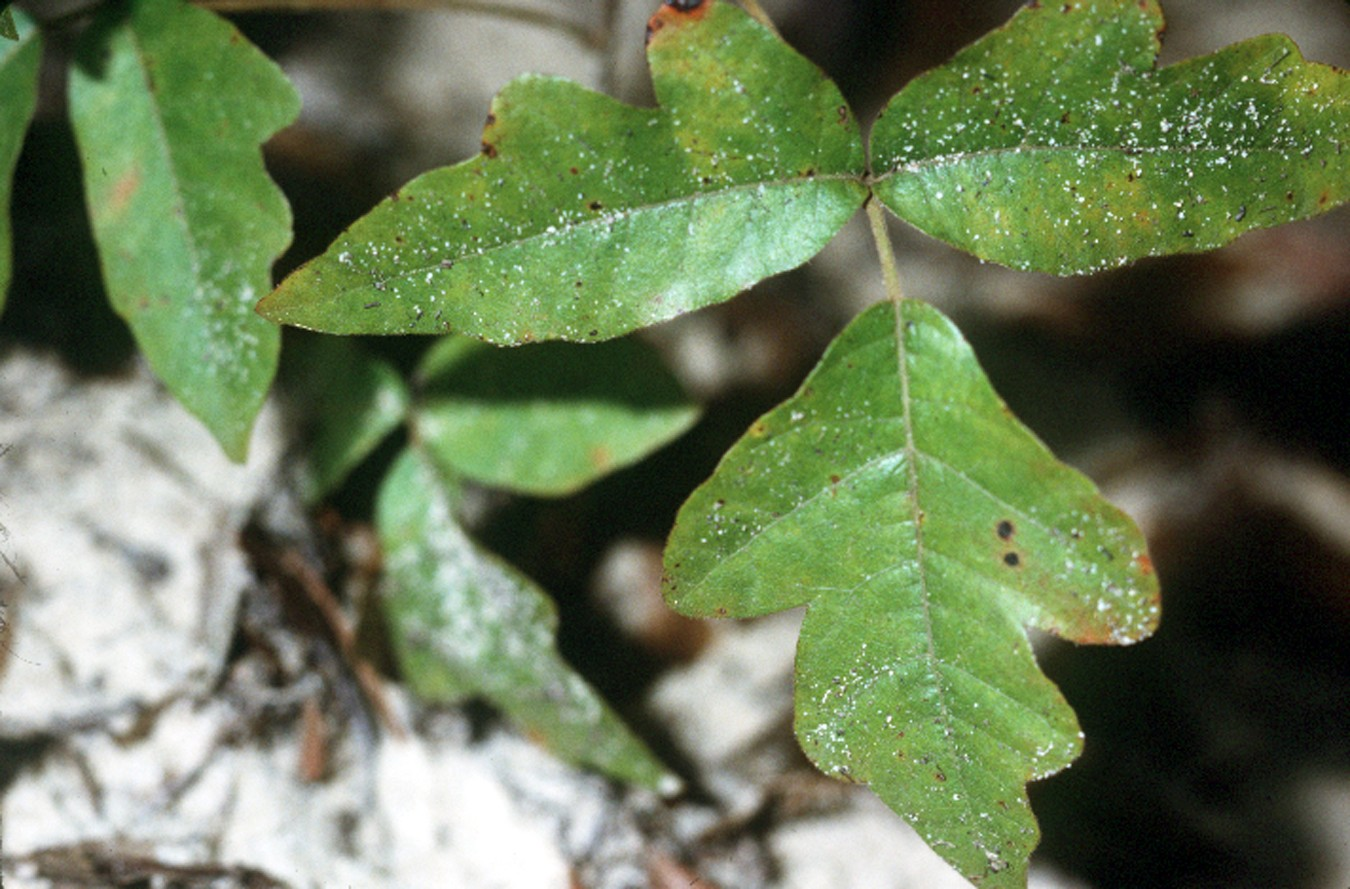
Toxicodendron radicans (Poison Oak) Characteristics
family: Anacardiaceae
urushiols
leaves more lobed than poison ivy and fuzzy in texture
plants form small shrubs
grow in sandy, dry upland areas

Identify this species
Toxicodendron radicans (Poison Oak)
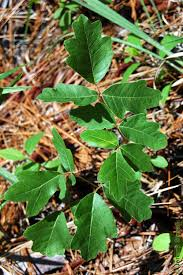
Identify this species
Toxicodendron radicans (Poison Oak)
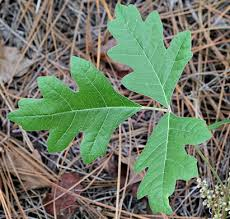
Identify this species
Toxicodendron radicans (Poison Oak)
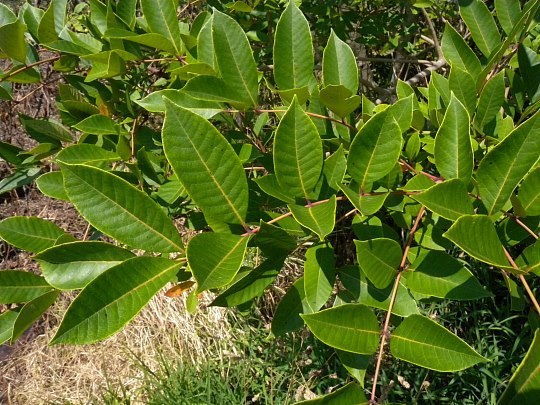
Toxicodendron vernix (Poison Sumac) Characteristics
family: Anacardiaceae
more concentrated urushiols compared to poison ivy and oak
compound leaves with 7-13 leaflets; center petiole is typically red
can grow up to 6m in height
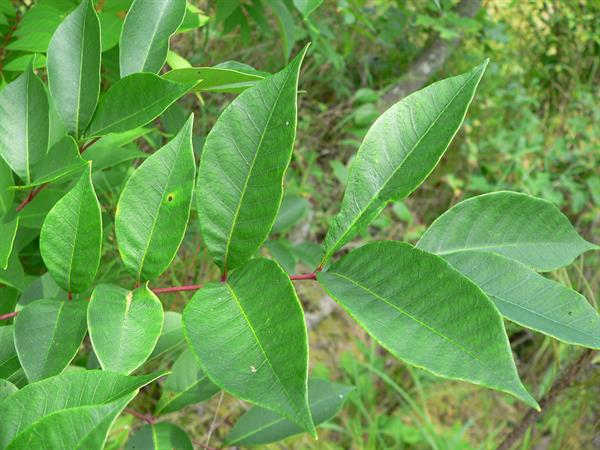
Identify this species
Toxicodendron vernix (Poison Sumac)
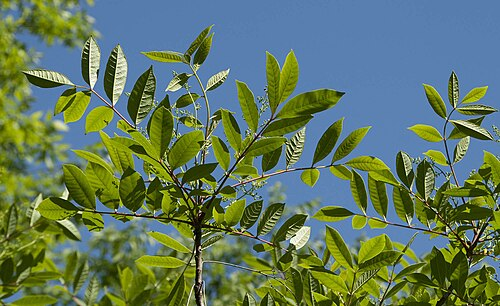
Identify this species
Toxicodendron vernix (Poison Sumac)
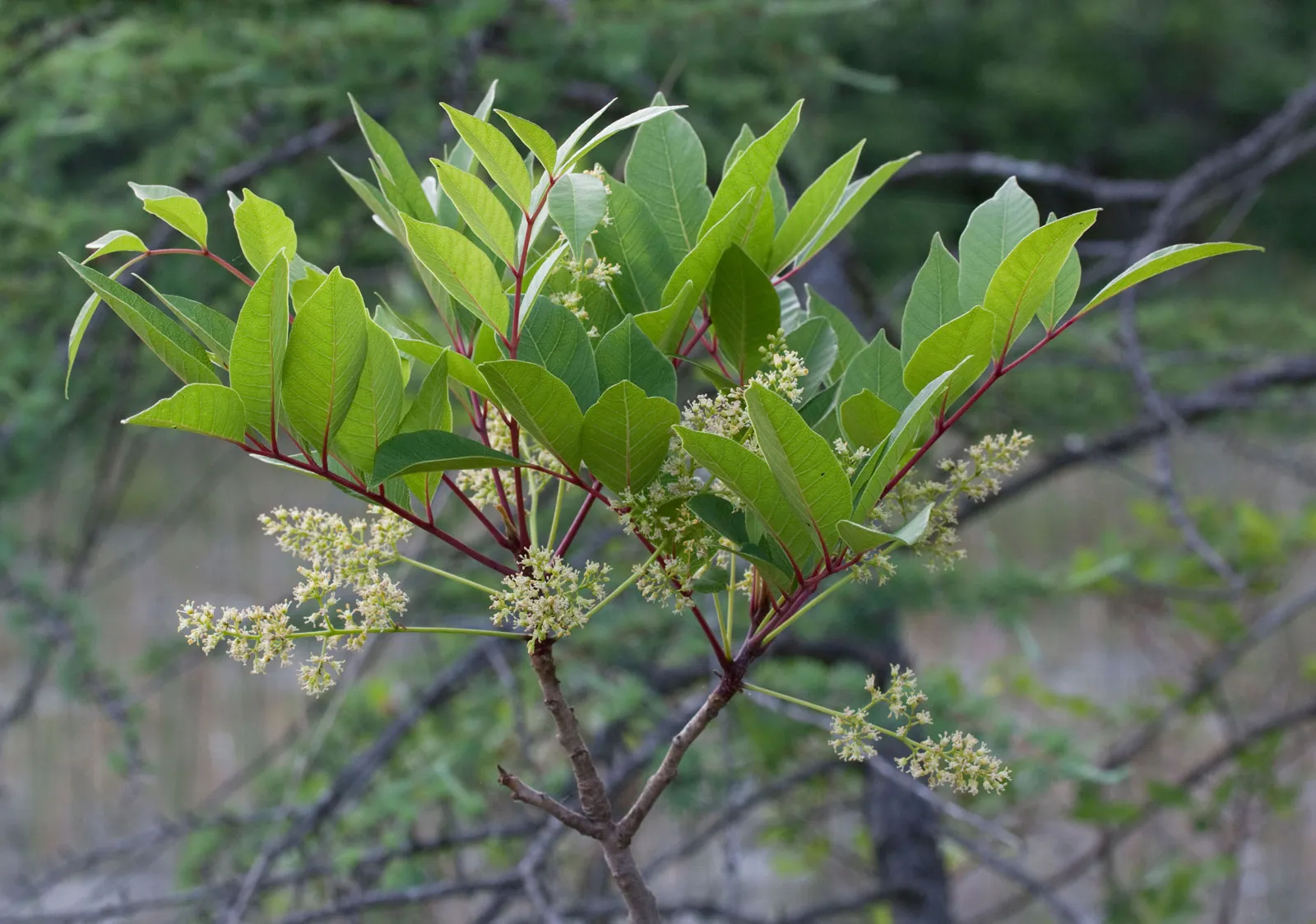
Identify this species
Toxicodendron vernix (Poison Sumac)
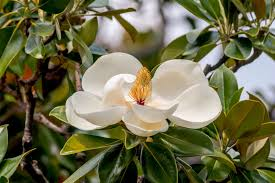
Magnolia grandifloria (Southern Magnolia) Characteristics
MS’s state tree and flower
waxy leaves with rusty hairs on underside
large, white flowers; beetle pollinated
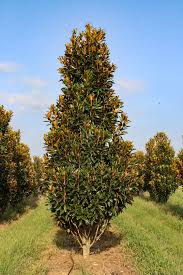
Identify this species
Magnolia grandifloria (Southern Magnolia)
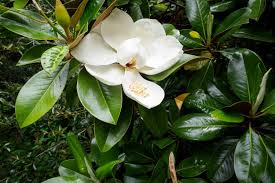
Identify this species
Magnolia grandifloria (Southern Magnolia)
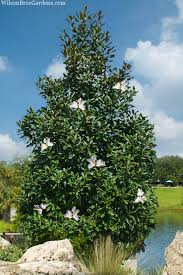
Identify this species
Magnolia grandifloria (Southern Magnolia)
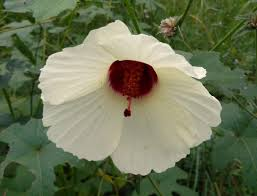
Hibiscus aculeatus (Comfortroot) Characteristics
family: Malvaceae
small, annual woody shrub
flowers cream with reddish center
palmately-lobed leaves
plant covered in sharp, bristly hairs (stellate hairs)
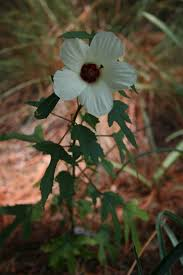
Identify this species
Hibiscus aculeatus (Comfortroot)

Identify this species
Hibiscus aculeatus (Comfortroot)
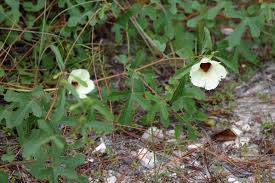
Identify this species
Hibiscus aculeatus (Comfortroot)
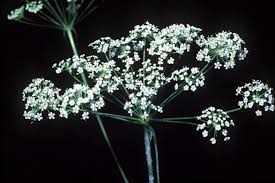
Oxypolis rigidior (Cowbane) Characteristics
family: Apiaceae
leaves are leathery, pinnately compound
carrot-like smell when broken
can grow up to 3m tall
inflorescences in umbels
prefers most habitats
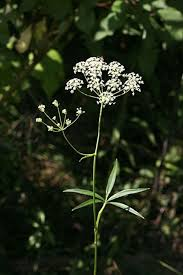
Identify this species
Oxypolis rigidior (Cowbane)
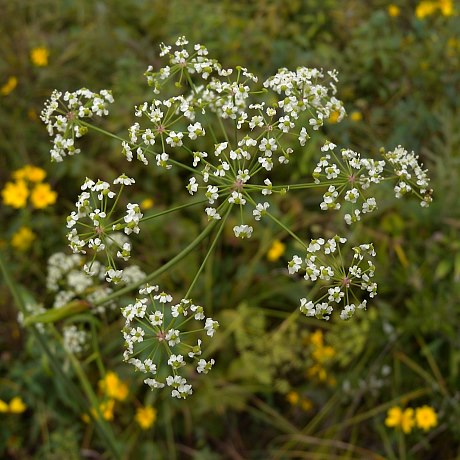
Identify this species
Oxypolis rigidior (Cowbane)
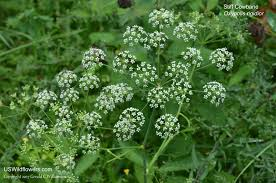
Identify this species
Oxypolis rigidior (Cowbane)
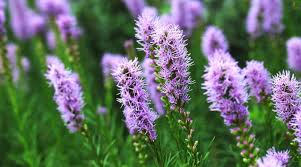
Liatris sp. Characteristics
family: Asteraceae
an herbaceous species found in Longleaf Pine Savannahs
purple flowers are formed on a spiked inflorescence
can grow up to 6ft tall
part of the sunflower family (largest plant family)
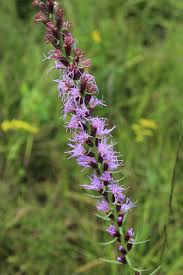
Identify this species
Liatris sp.
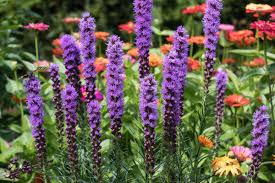
Identify this species
Liatris sp.
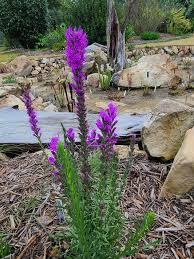
Identify this species
Liatris sp.